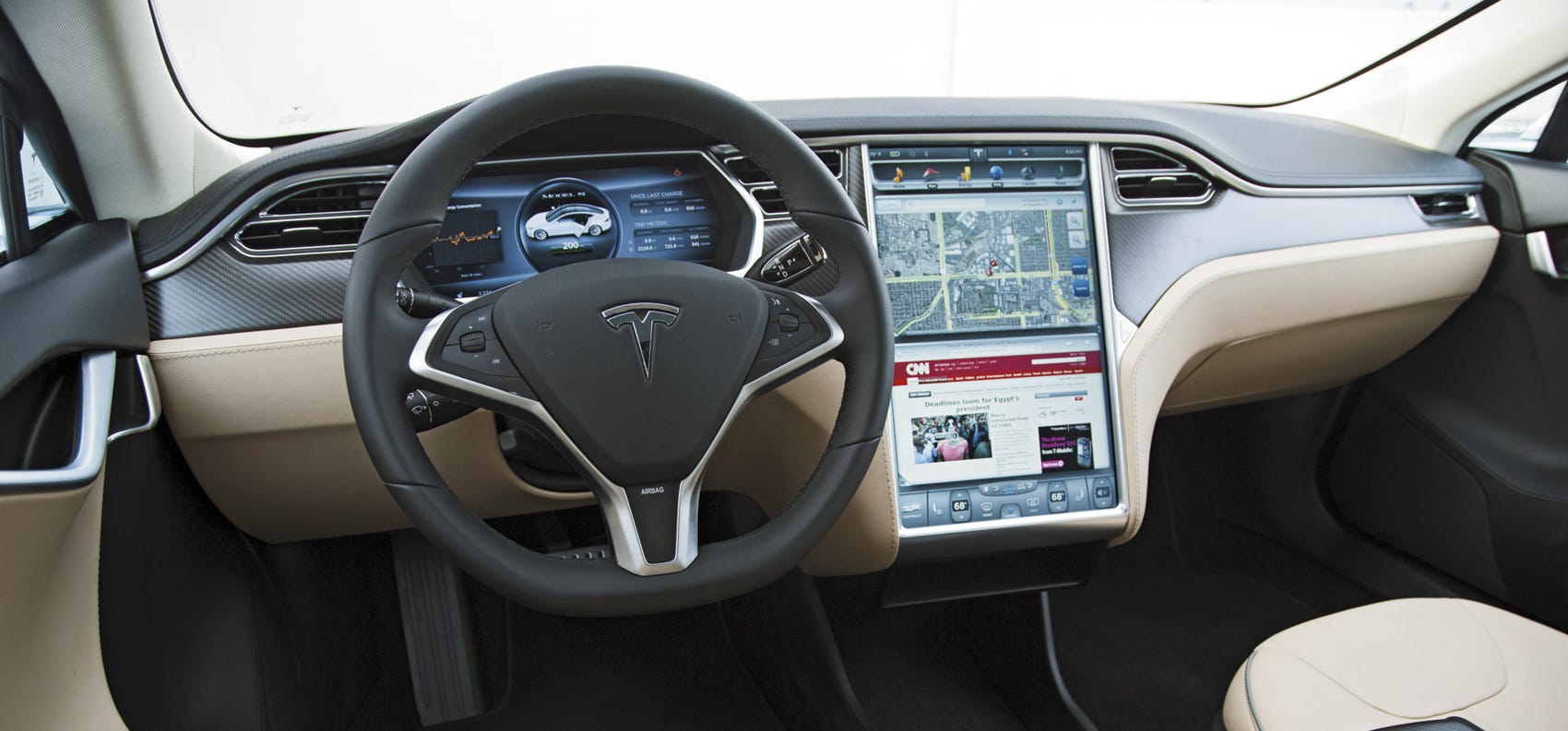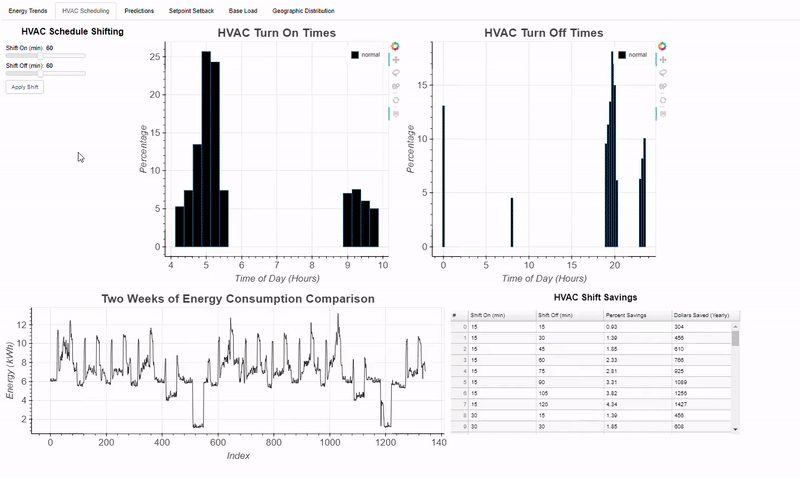Bayesian Linear Regression In Python Using Machine Learning To Predict Student Grades Part 1

Exploratory Data Analysis, Feature Selection, and Benchmarks
Even after struggling with the theory of Bayesian Linear Modeling for a couple weeks and writing a blog plot covering it, I couldn’t say I completely understood the concept. So, with the mindset that learn by doing is the most effective technique, I set out to do a data science project using Bayesian Linear Regression as my machine learning model of choice.
This post is the first of two documenting the project. I wanted to show an example of a complete data science pipeline, so this first post will concentrate on defining the problem, exploratory data analysis, and setting benchmarks. The second part will focus entirely on implementing Bayesian Linear Regression and interpreting the results, so if you already have EDA down, head on over there. If not, or if you just want to see some nice plots, stay here and we’ll walk through how to get started on a data science problem.



 Example of Bokeh Dashboard built
Example of Bokeh Dashboard built 